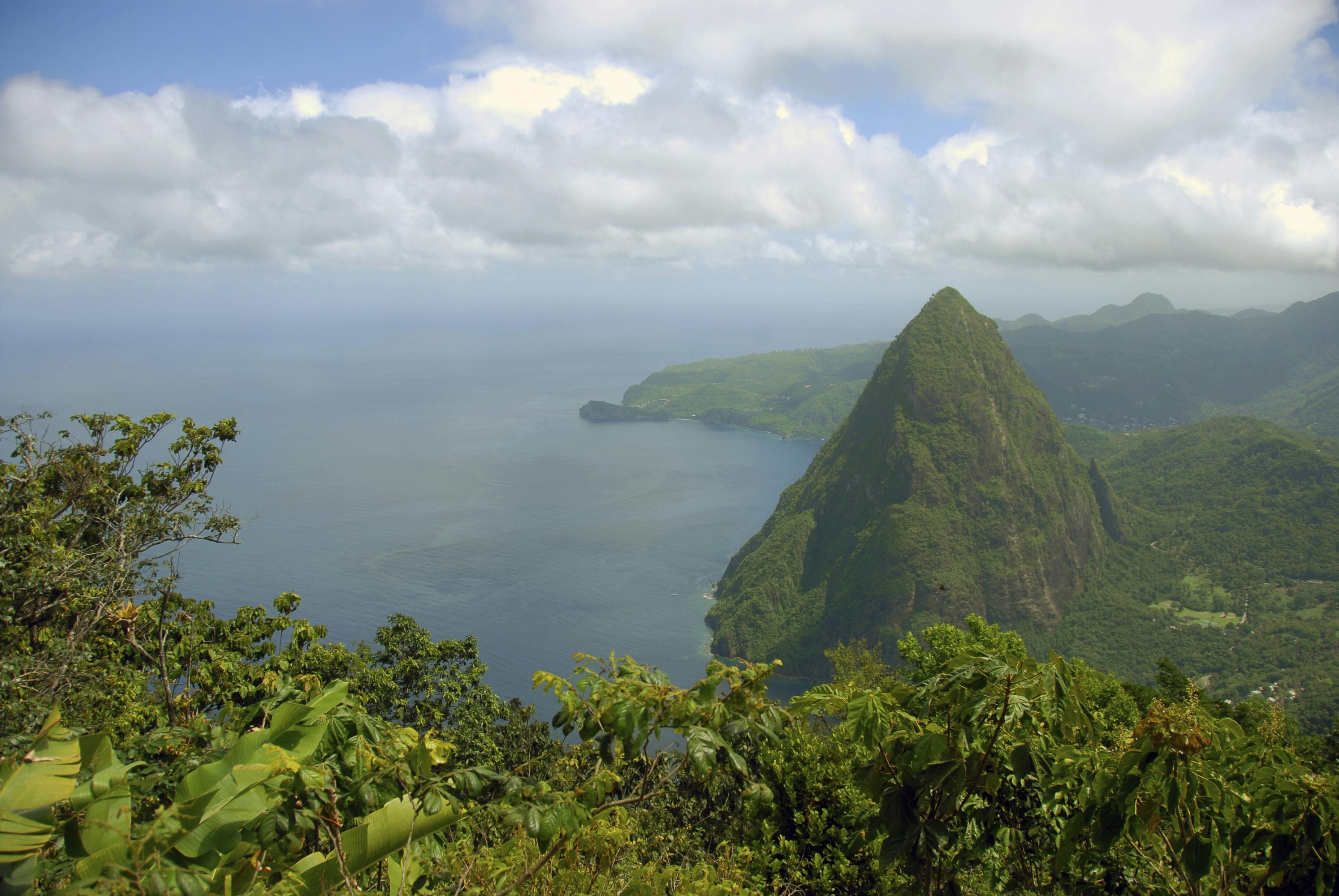| Grantee | The Nature Conservancy ↗ |
| Grant Amount | $900,000 |
| Duration | Two years |
Oceans 5 is supporting The Nature Conservancy’s plans to assist Grenada, Dominica, and Saint Lucia in brokering their debt restructuring with commercial creditors, in return for the countries making conservation and policy. Grenada, Dominica, and Saint Lucia, like many Small Island Developing States, have very high debt burdens, limiting their ability to invest in much needed conservation and climate adaptation activities.
Working collaboratively with the Government of Grenada, the Government of Dominica, and the Government of Saint Lucia, The Nature Conservancy has designed a debt conversion to address this predicament, thereby allowing the countries to redirect a portion of their current debt payments from external creditors to fund these much-needed conservation and climate adaptation activities on the ground, including the creation and management of approx. 22,000 km2 of new marine managed areas and no take fish replenishment zones in these three countries.
Working collaboratively with the Government of Grenada, the Government of Dominica, and the Government of Saint Lucia, The Nature Conservancy has designed a debt conversion to address this predicament, thereby allowing the countries to redirect a portion of their current debt payments from external creditors to fund these much-needed conservation and climate adaptation activities on the ground, including the creation and management of approx. 22,000 square kilometers of new marine managed areas and no take fish replenishment zones in these three countries.
The Nature Conservancy with the support of Oceans 5 is pursuing these debt conversions with the aim of realizing greater conservation outcomes and creating on-going funding for climate adaptation and marine conservation activities. To achieve these outcomes in a manner that ensures they address both the ecological as well as the social and economic aspects of the affected areas, The Nature Conservancy will use a marine spatial planning process. The plan will also identify and address the policy holes in marine, fisheries, and coastal zone management that need to be addressed.





















